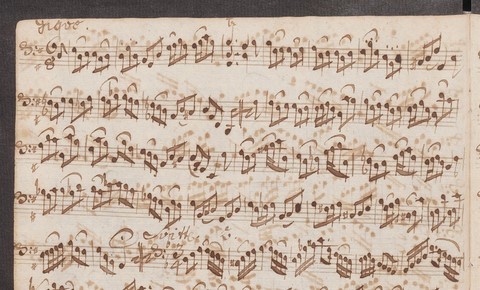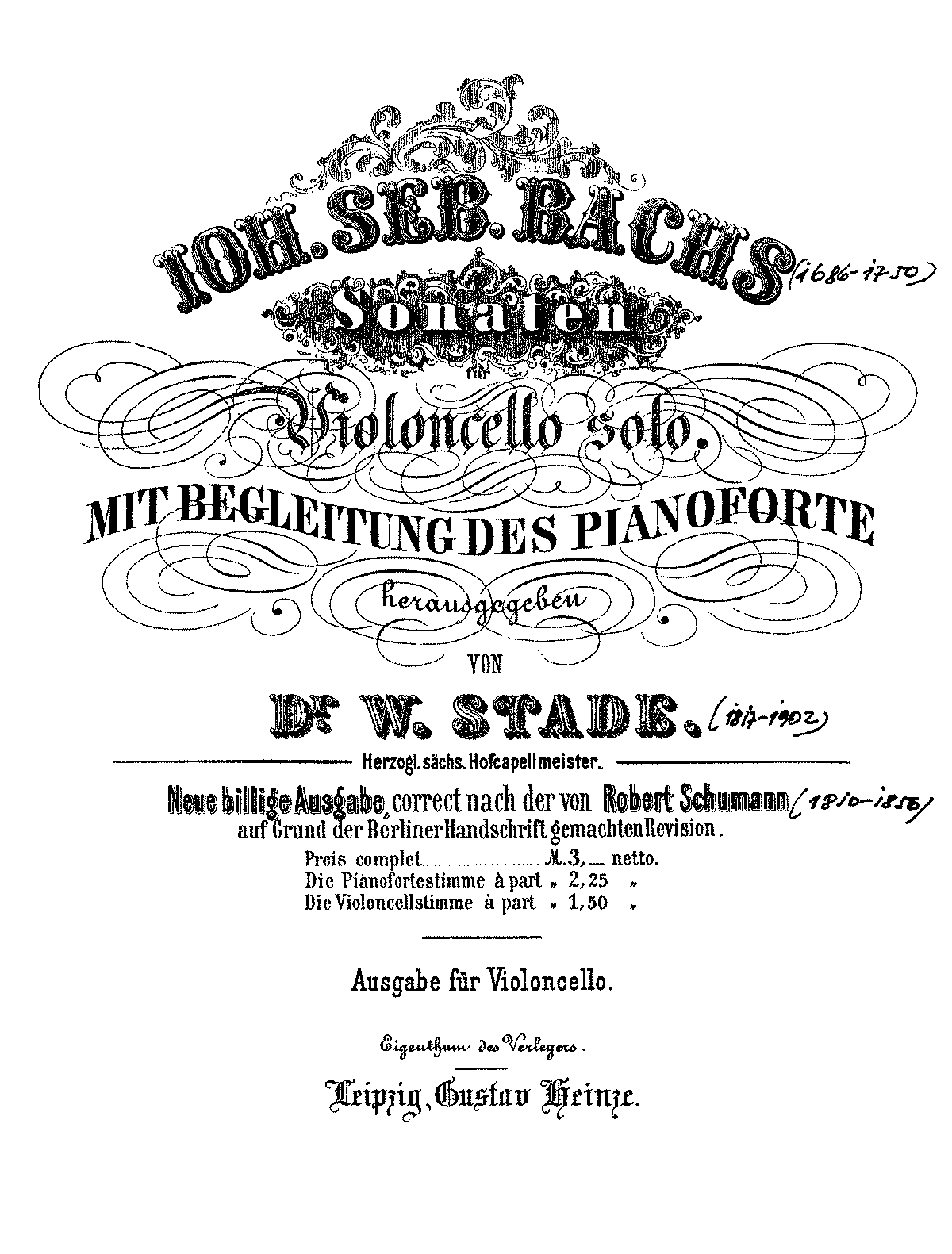
1 in G major, BWV 1007Īn exact chronology of the suites (regarding both the order in which the suites were composed and whether they were composed before or after the solo violin sonatas) cannot be completely established. The first page from the manuscript by Anna Magdalena Bach of Suite No. They have since been performed and recorded by many renowned cellists and have been transcribed for numerous other instruments they are considered some of Bach's greatest musical achievements. ĭue to the works' technical demands, étude-like nature, and difficulty in interpretation because of the non-annotated nature of the surviving copies and the many discrepancies between them, the cello suites were little known and rarely publicly performed in the modern era until they were recorded by Pablo Casals (1876–1973) in the early 20th century. Dalkin of MusicWeb International called Bach's cello suites "among the most profound of all classical music works" and Wilfrid Mellers described them in 1980 as " Monophonic music wherein a man has created a dance of God". The cello suites are structured in six movements each: prelude, allemande, courante, sarabande, two minuets or two bourrées or two gavottes, and a final gigue. The title given on the cover of the Anna Magdalena Bach manuscript was Suites à Violoncello Solo senza Basso (Suites for cello solo without bass).Īs usual in a Baroque musical suite, after the prelude which begins each suite, all the other movements are based around baroque dance types. Bach most likely composed them during the period 1717–1723, when he served as Kapellmeister in Köthen. They are some of the most frequently performed solo compositions ever written for cello. And it is not easy to keep current vis-à-vis the latest theories to their origins.The six Cello Suites, BWV 1007–1012, are suites for unaccompanied cello by Johann Sebastian Bach (1685–1750). In truth, none of these ‘facts’ can be proved, and at most, only a couple of them are likely to be correct.

Two anonymous later 18th-century copies generated controversy: were they, as Anner Bylsma called them on occasion, the ‘earliest editions’ of the suites, or did they reflect a revised version made by Bach himself, as several musicologists suggested? The Sixth Suite was written for the viola pomposa, a now obsolete, five-string, horizontally played instrument invented by Bach, and the scordatura tuning of Bach’s Fifth Suite – the A string being lowered to G – imitated the tuning of its earlier original version for the lute.

Anna Magdalena Bach’s manuscript had been copied from her husband’s lost fair copy, and the copy made by the organist, composer, and disseminator of Bach’s works Johann Peter Kellner (1705–72) was presumed to have been copied from Bach’s lost working manuscript. We were told that Bach wrote them c.1720 in Anhalt-Cöthen for the court cellist Christian Bernhard Linike (1673–1751) or perhaps for Christian Ferdinand Abel (1682–1761), court gamba player (and maybe cellist).

When I was a young cellist I learnt the traditional story of Bach’s Cello Suites BWV1007–12 – one offered in programme notes, liner notes and introductions and commentaries to published editions, and taught to most students.


 0 kommentar(er)
0 kommentar(er)
